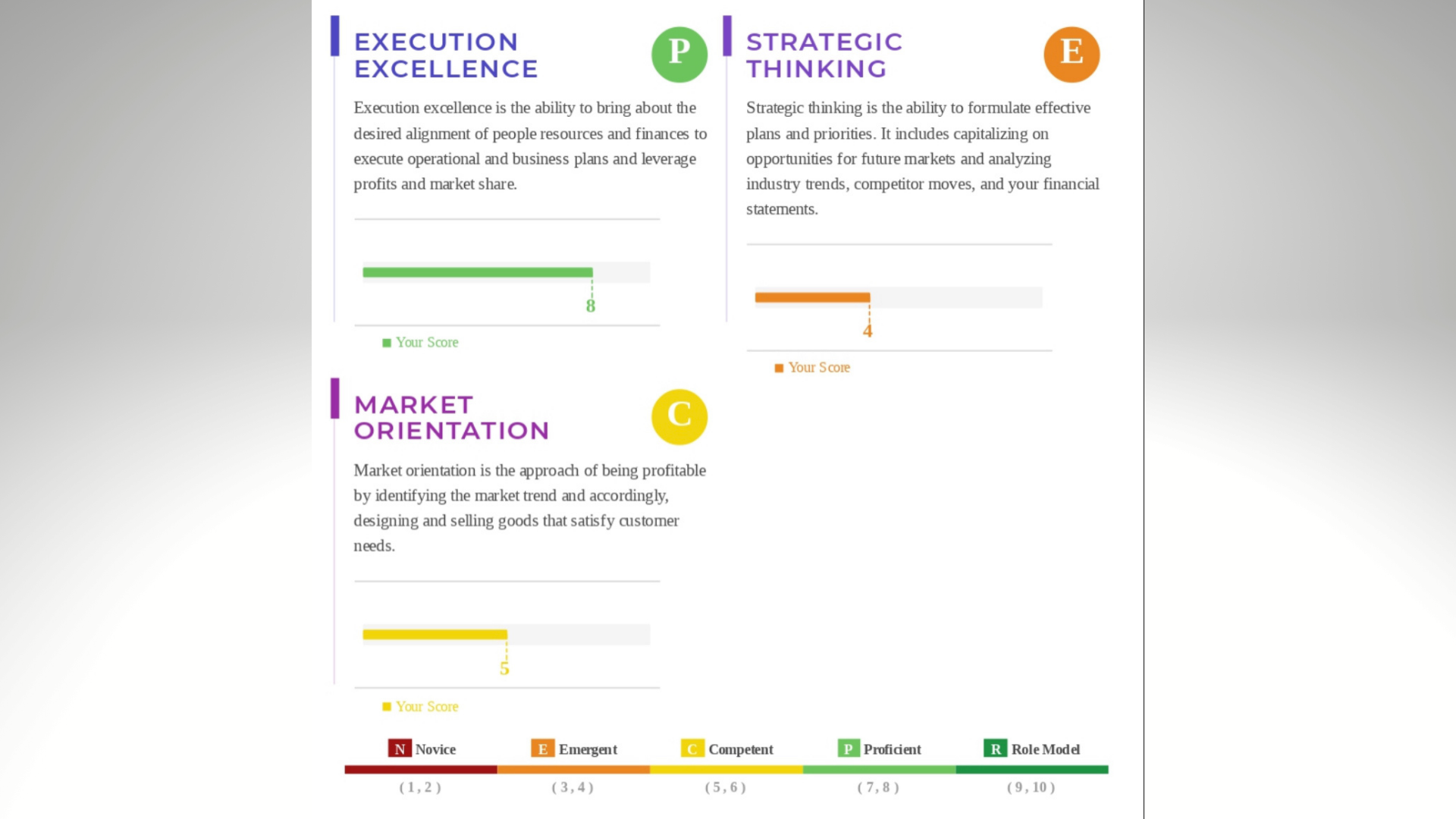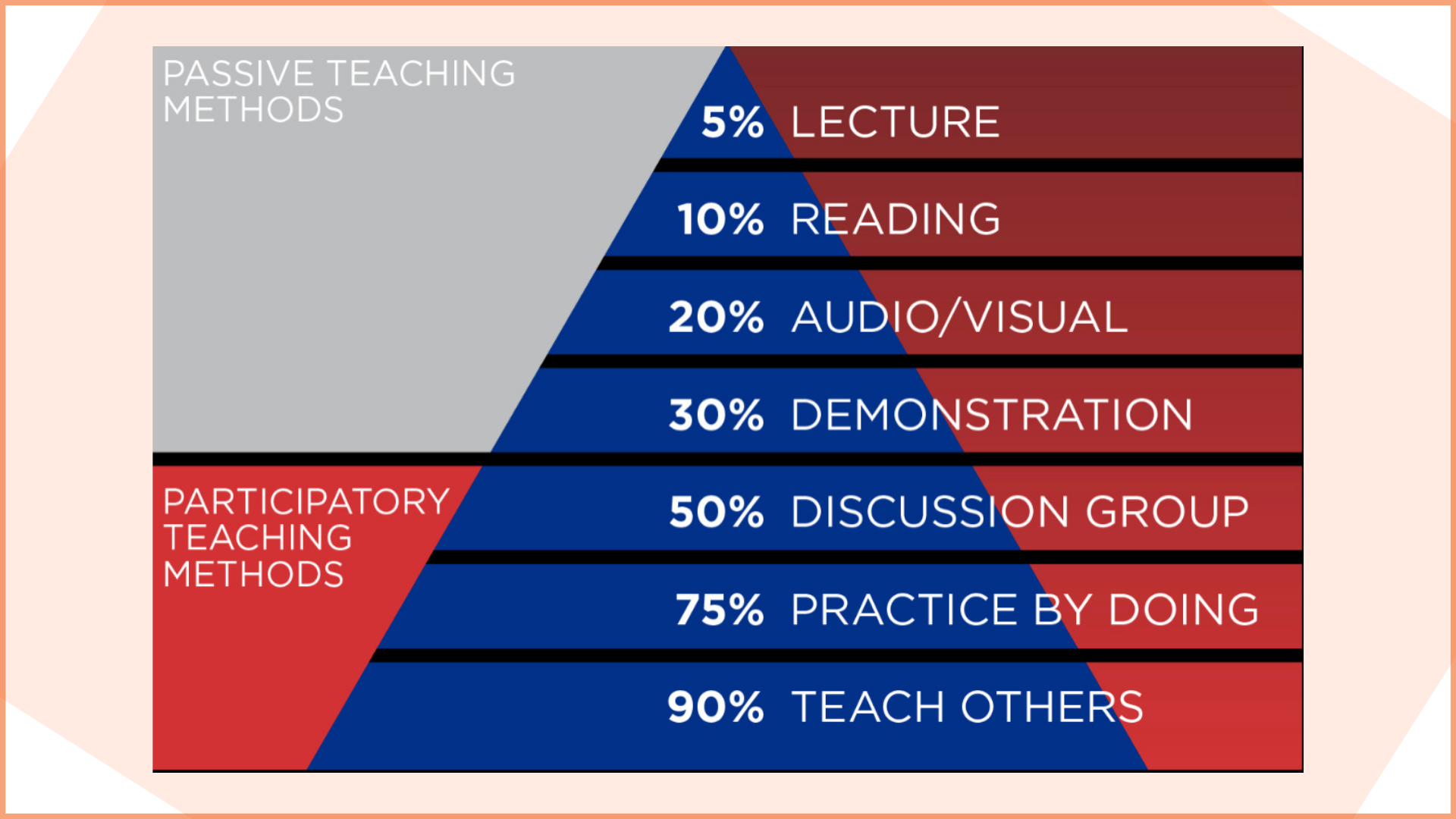The increasing focus on employability of students is paving the way for an educational revolution. With educators looking for new ways to upgrade curriculum, the focus is now on bridging the gap between possessed skills and industry relevant skills. This calls for the application of a variety of tools to help make learning impactful, sustainable, and application based.
Among a host of such tools, business simulations are slowly but definitely rising among the ranks. This is because they serve a threefold function of seamlessly enabling the development of technical, functional, and behavioural skills – at the same time!
Let’s dive into more reasons why business simulations can help facilitate impactful learning –
Experiential Learning
Business simulations are application based. They stimulate a real life environment and provide a risk free playing field, for students to practice the theoretical knowledge acquired across various disciplines. Having a business simulation in the curriculum makes the course rich in terms of application. Students are no longer imagining scenarios of application but rather, applying them in a risk free environment. With real time updates, the analytics of these simulations provide extremely useful insights.
User Report: Build your business simulation
With a ‘Build Your Business” simulation, here’s a possible real life scenario –
Picture a strategic management professor with his group of students. He can divide the class into smaller groups of 5 students to work together. The simulation allows the participants to experience the real-life challenges faced by the directors of a company. Not only will this allow the students to understand the fundamentals of team dynamics, but also further enable them to implement and better understand theoretical concepts like inventory management, strategic thinking, competitor analysis, decision making, execution excellence, and many more.
Learning and Retention
Studies indicate that there are a host of learning fundamentals that are universally applicable to young adults. Let’s take a look at some of these best known practices –
- Adults learn best in an environment that is non threatening
- Adults learn best by solving problems they can associate with reality
- Adults want to know how they will use the information
- Learning is facilitated when the learner has some control over the process
- Adults want to know WHY they should learn a particular topic
What’s interesting to note is that business simulations can accommodate all the above mentioned conditions, easily! Research also suggests that participatory teaching methods have a significantly longer lasting impact than the traditional methods.
Practice by doing is only second to teaching other when it comes to retention of concepts
– National Training Laboratories, Betel, Maine
Now that we have a strong case for business simulations being a teaching tool, let’s look at ways to effectively include them in the daily curriculum. The list is based on the known practices followed by world class professors, across ivy schools like Harvard, Stanford, INSEAD, and the likes of them.
Make Business Simulations An Integral Part Of The Curriculum
Rather than making them optional, it is recommended that simulations are integrated with other resources like case studies and group assignments
Use A Mix Of Synchronous & Asynchronous Simulations
With synchronous simulations, students learn to apply collective wisdom and working in a team. In asynchronous simulations, the emphasis is on individual knowledge and application. A well balanced mixture of both will enable overall growth for the students.
Compare Progress
Allowing students to take up simulations multiple times in a day, will allow real time progress monitoring. Even scheduling them twice in a day, should do the trick. Say, once in the beginning of the term and again at the end of the term when they have substantially more knowledge.
Make It Cross Functional
There are numerous simulations that are not restricted to the application of one concept or one domain. For example, “Build Your Business” simulation can be integrated seamlessly into both the strategy course and the economics course. It proves to be both interesting and insightful for students to see the interplay of concepts and functions in the real world scenario.
Join the conversation by sharing your view on impactful educational tools.




